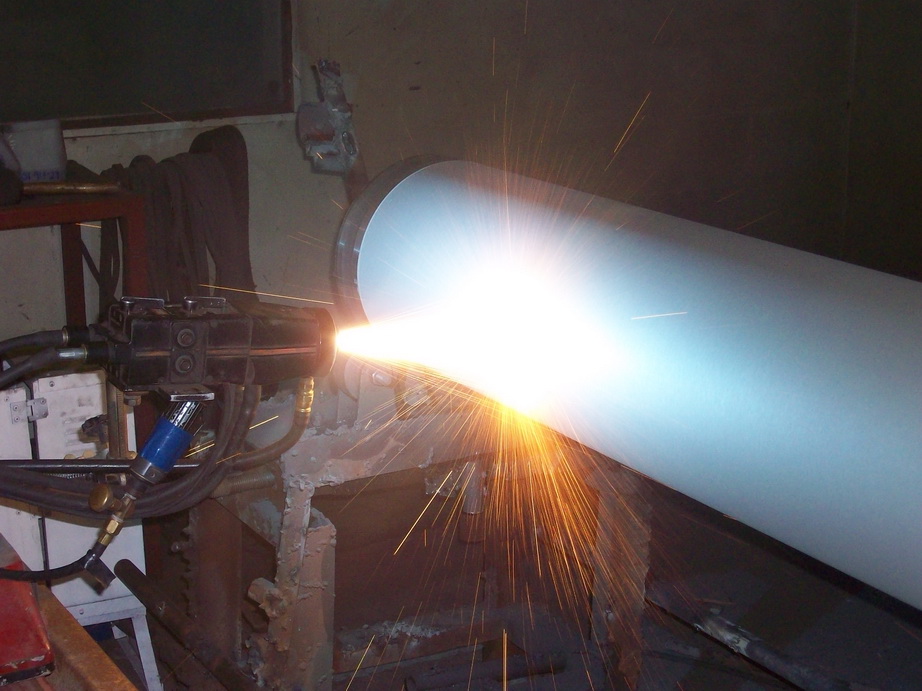Thermal Spray Coating
Thermal Spraying is a technique used to produce coatings. The principle of thermal spraying involves melting or semi-melting coating materials and propelling them onto the surface of the workpiece using gas pressure, as illustrated in Figure 1. Upon impact, the material solidifies rapidly, forming a coating. The resulting thermal spray coating features a lamellar structure consisting of overlapping, flattened layers. This structure arises from molten or semi-molten particles spreading upon impact with the surface. The adhesion between particles in the coating primarily occurs through interlocking, forming a mechanical bond as the particles settle and solidify.
The microstructure of a typical thermal spray coating consists of several components (as shown in Figure 2), including layers of molten or semi-molten particles, unmelted particles, oxide inclusions, and voids or pores, referred to as porosity.
 |
 |
|||
| Figure 1 Thermal Spray Application Diagram. | Figure 2 Thermal Spray Coating Structure Illustration. |
Advantages of Thermal Spray Coating
- A wide range of coating materials can be selected, provided the materials can melt without decomposing when exposed to heat.
- Various techniques or spray guns can be chosen based on the desired properties of the coating.
- Coated workpieces can be re-sprayed after use, even once their dimensions or properties have changed.
Limitations of Thermal Spray Coating
- Workpieces with complex shapes may not be fully coated, as the spray gun nozzle may not reach corners or confined areas.
- Some equipment is expensive, and the spraying process has relatively high costs, requiring careful consideration of cost-effectiveness.













